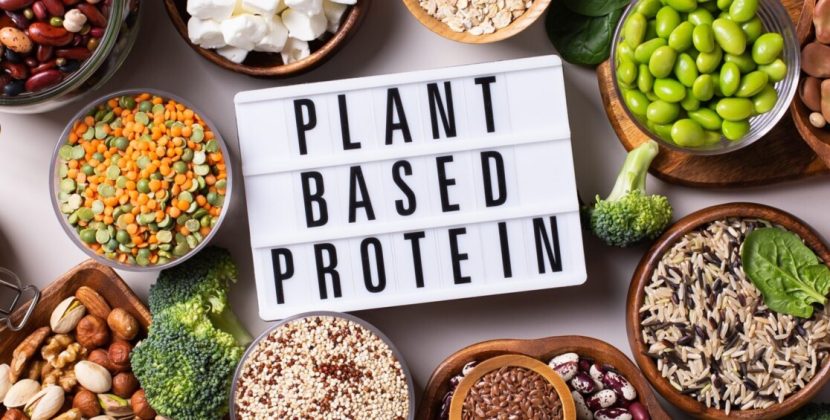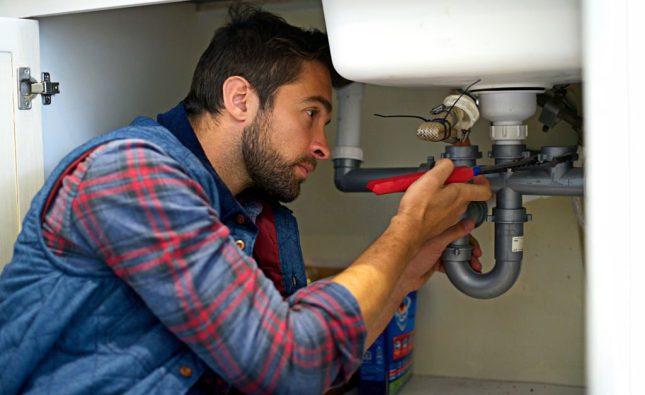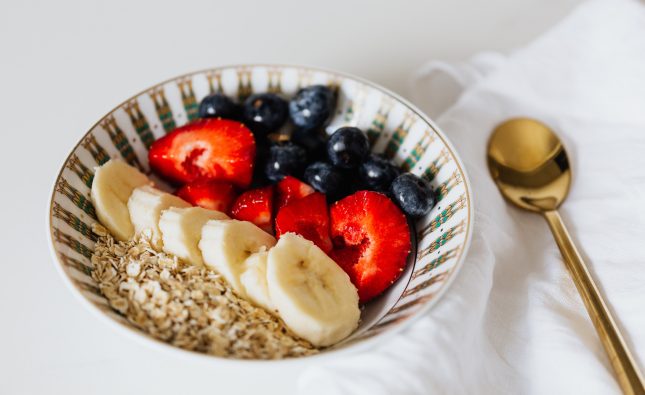
Introduction
In the fast-paced world of urban living, it’s easy to feel disconnected from nature. But with urban gardening, you can bring a piece of the wild back into your daily life. Attracting wildlife to your garden not only beautifies your space but also plays a crucial role in maintaining a balanced ecosystem. Whether you have a small balcony, a rooftop, or a backyard, transforming your space into a wildlife-friendly garden or urban farm is easier than you think. This guide will walk you through urban wildlife habitat ideas, planting tips, and the benefits of creating an eco-friendly gardening space in the United States in 2025. Let’s dive into how you can make your garden a haven for birds, bees, butterflies, and more!
What Is Urban Gardening and Why It’s Important in 2025?

Urban gardening refers to the practice of growing plants in city environments. It includes everything from small potted plants on a windowsill to large community gardens. As cities grow, green spaces shrink, and wildlife finds it harder to thrive. By creating a wildlife-friendly garden, you’re offering a safe haven for animals and contributing to the environment in meaningful ways.
In 2025, more people are recognizing the importance of connecting with nature, even in urban areas. Sustainable living practices like eco-friendly gardening are becoming increasingly popular, as they promote biodiversity, reduce carbon footprints, and improve the overall quality of life in cities. Gardening with wildlife in mind can bring immense joy, help pollinators, and support bird populations that are critical to the ecosystem.
How Urban Gardening Can Attract Wildlife

The goal of urban gardening is not only to grow beautiful plants but also to create a welcoming space for wildlife. This process begins with selecting plants and features that support local wildlife. Here are some strategies you can use to attract wildlife to your garden:
1. Choose Native Plants for Wildlife Habitat
Native plants are the cornerstone of any wildlife-friendly garden. These plants are naturally suited to your local climate, and they provide food and shelter to local species. Native flowers, shrubs, and trees attract insects, birds, and other animals. For example, lavender and coneflowers are excellent for attracting bees, while sunflowers can provide seeds for birds.
Native plants also require less water and fewer pesticides, making them more sustainable for the environment. Look for plants that produce nectar for pollinators, fruits for birds, or seeds for small mammals and growing food like fruit and vegetables for everyone.
2. Provide Water Sources for Wildlife
Like plants, wildlife needs water to thrive. Adding a water feature such as a small birdbath, water fountain, a pond, or even a shallow container of water can make your garden an appealing stop for thirsty animals. In addition to being practical, a water feature adds a soothing element to your garden’s ambiance.
When choosing a water source, make sure it’s easy for animals to access but also safe. Shallow water is best for birds, and adding stones or pebbles will help smaller creatures get in and out easily.
3. Create Shelter and Nesting Areas
Urban environments often lack natural shelters, such as trees or fallen leaves, that animals rely on. You can create these spaces in your garden by adding elements like birdhouses, hedges, or even piles of rocks or wood. These shelters provide safe places for animals to hide, rest, and raise their young.
Consider planting thick shrubs and tall grasses that provide cover from predators. Birdhouses or bat boxes can encourage nesting, while a small log pile can offer shelter to insects and small animals.
Best Plants for Attracting Wildlife in 2025

Choosing the right plants is crucial when designing a wildlife-friendly garden. Here are some of the best garden plants that will attract a variety of wildlife, like birds and small mammals, to your space and improve air quality:
1. For Pollinators
Pollinators like bees and butterflies are essential for maintaining plant diversity. These insects help fertilize flowers, allowing them to produce fruits and seeds. To attract these creatures, plant:
- Lavender
- Milkweed
- Echinacea (Coneflower)
- Bee balm
- Sunflowers
These plants offer nectar and shelter for pollinators and are easy to grow in an urban setting.
2. For Birds
Birds need food, shelter, and water, and certain plants can provide all three. The following plants offer food and nesting spots for a variety of birds:
- Berry shrubs like holly, elderberry, and blackberries
- Sunflowers, which offer seeds that birds love
- Dogwood trees, which provide berries for many bird species
- Honeysuckle vines, which attract both birds and pollinators
Adding trees and shrubs that bear fruit will not only provide shelter for the birds but also give them something to eat, attracting a variety of species.
3. For Small Mammals and Insects
Small mammals and insects are just as important for biodiversity. To attract these creatures, consider planting:
- Clovers for ground cover, which is great for small mammals
- Dandelions and wildflowers for attracting pollinators and small insects
- Thyme and sage to provide shelter for various insects
Planting a variety of flowering plants and low-growing shrubs creates opportunities for small creatures to hide, forage, and nest.
Future of Urban Gardening to Attract Wildlife Beyond 2025

Looking ahead, urban gardening will continue to evolve as cities grow and the need for wildlife conservation becomes more urgent. Vertical gardens, green roofs, and urban forests will likely become more common, allowing for larger, more diverse wildlife habitats in small spaces. Advances in technology may also help, with smart irrigation systems and automated plant care making it easier to maintain gardens. As awareness of the importance of urban wildlife grows, more people will likely get involved in transforming their spaces to help protect nature in the heart of the city. In the future, urban gardens could become vital corridors for wildlife, connecting fragmented green spaces and supporting thriving ecosystems in cities around the world.
Comparative Table: Best Plants for Wildlife in Urban Gardens
| Wildlife Type | Recommended Plants | Benefits |
|---|---|---|
| Pollinators | Lavender, Echinacea, Milkweed, Bee Balm, Sunflowers | Nectar-rich, attracts bees and butterflies |
| Birds | Berry Shrubs (Holly, Elderberry), Dogwood, Honeysuckle | Food, shelter, nesting spaces |
| Small Mammals/Insects | Clover, Dandelions, Wildflowers, Thyme | Shelter, food, support for small creatures |
| All Wildlife | Native Wildflowers, Shrubs, Fruit Trees | Overall habitat support |
Conclusion
Urban gardening can make a big difference in how we coexist with nature, even in the busiest cities. By incorporating mindful planting and creating a wildlife-friendly garden, you contribute to a more sustainable and vibrant urban environment. In 2025, urban spaces can thrive with biodiversity through simple steps like choosing native plants, providing shelter, and using eco-friendly gardening practices. With these tips, you can create a garden that attracts wildlife and brings natural beauty into your home.










